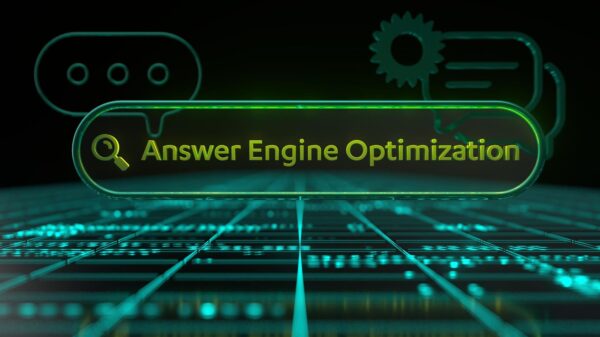Australia’s AI Investment Needs a Boost: A Call to Action
The Australian Academy of Technological Sciences and Engineering has issued a critical report highlighting Australia’s insufficient investment in artificial intelligence (AI) and the absence of a cohesive national strategy. Released on November 21, the report asserts that Australia is lagging behind other nations in AI advancements and calls for an infusion of up to A$5 billion over the next five years as part of “decisive government action.” The report estimates that this investment could potentially inject between A$160 billion to A$235 billion into Australia’s annual economic activity.
According to the Academy, Australia’s government has allocated only A$300 million for AI initiatives over the past five years, starkly contrasting with the United States’ A$7.1 billion and Taiwan’s A$11.4 billion. Private sector funding has also seen comparatively low levels over the last decade.
Kylie Walker, the Academy’s chief executive, emphasized the urgency of strategic investment, stating, “Australia already has the ingredients to become an AI powerhouse—but we need targeted policy and investment to make that happen.”
Key Recommendations for AI Development
The report outlines three critical priorities for enhancing Australia’s AI landscape:
- Establishment of AI Factories: A network of regional AI factories to foster connections among talent, research, industry, and government.
- AI Talent Pipeline: Creation of a national AI talent pipeline alongside population-scale training initiatives.
- Specialized AI Models: Development of tailored AI models and national datasets that address Australia-specific challenges in priority fields like geoscience and health.
The report emphasizes that leading economies have invested over ten times more per capita in the building blocks necessary for AI sovereignty than Australia has. These investments typically encompass large-scale talent programs, dedicated funding for fundamental AI research, the development of sovereign AI compute and data assets, and the establishment of regulatory frameworks.
In the Academy’s view, proactive government involvement is vital, as it can drive education and research initiatives, invest in AI infrastructure, and establish necessary regulations. A more robust talent pipeline would necessitate scholarships, increased research spending, and a global talent attraction program, the report suggests. New computing infrastructure can bolster research capabilities, while enhanced support for the scientific foundation of AI R&D will enable high-risk, high-impact research with strategic international linkages.
The document also points to successful training, research, and funding initiatives in countries like Singapore, the United Kingdom, and the United States, which Australia could model after to enhance its efforts.
Australia’s Existing Strengths
Despite the current challenges, Australia possesses significant strengths in areas such as applications, support services, and data centers. However, leveraging these assets requires coordinated action and investment. The report serves as a clarion call for policymakers to rethink their approach to artificial intelligence, highlighting that immediate action could place Australia on the path to becoming a global leader in the AI domain.
As the global AI landscape evolves rapidly, the need for a well-defined and funded strategy in Australia is more critical than ever. If the nation can mobilize its resources effectively, it stands to gain tremendously, not just economically but also in terms of innovation and global competitiveness.
 Amazon Invests $50B in Data Centers to Enhance AI Capabilities for US Government
Amazon Invests $50B in Data Centers to Enhance AI Capabilities for US Government AI Technology Enhances Road Safety in U.S. Cities
AI Technology Enhances Road Safety in U.S. Cities China Enforces New Rules Mandating Labeling of AI-Generated Content Starting Next Year
China Enforces New Rules Mandating Labeling of AI-Generated Content Starting Next Year AI-Generated Video of Indian Army Official Criticizing Modi’s Policies Debunked as Fake
AI-Generated Video of Indian Army Official Criticizing Modi’s Policies Debunked as Fake JobSphere Launches AI Career Assistant, Reducing Costs by 89% with Multilingual Support
JobSphere Launches AI Career Assistant, Reducing Costs by 89% with Multilingual Support







































































